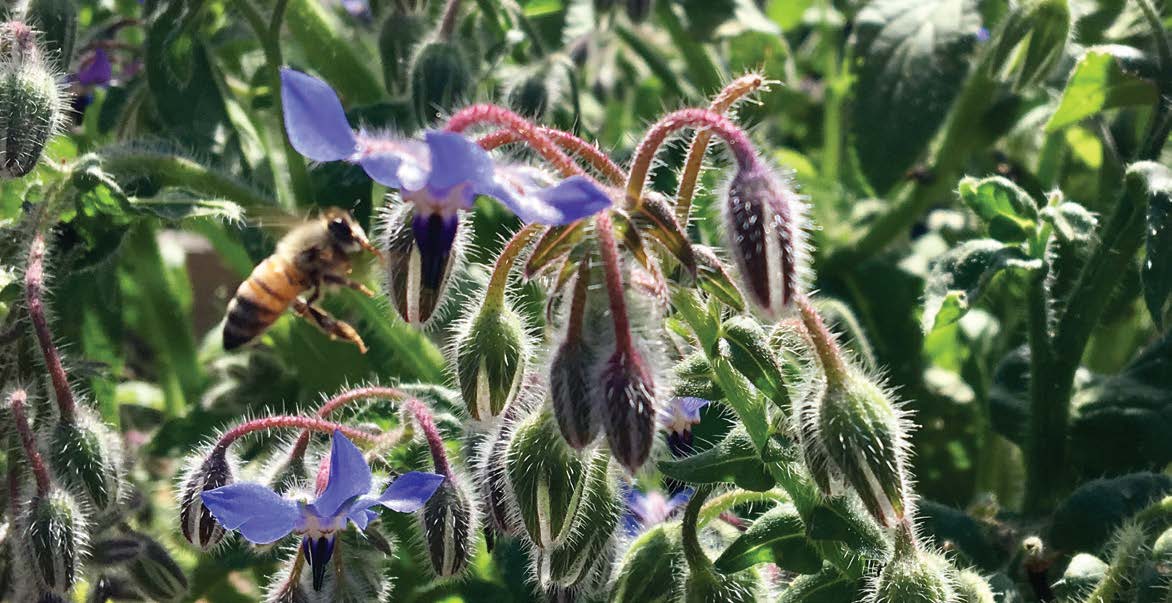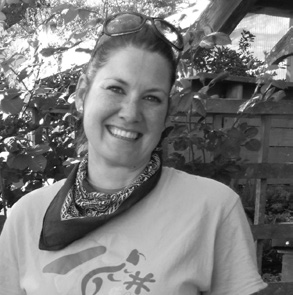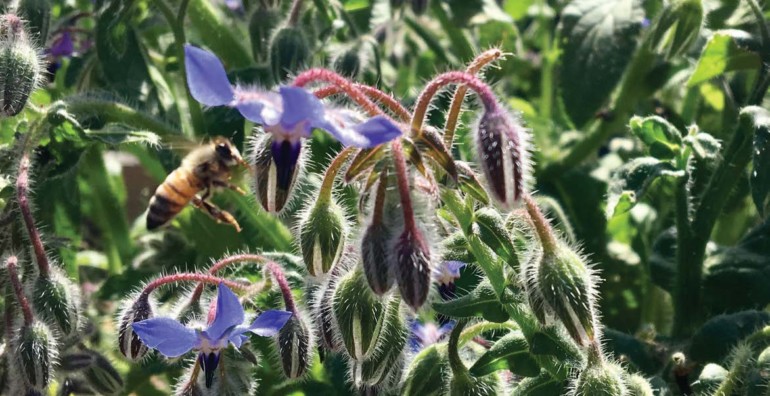
Want to bring beauty and motion to your garden while also helping to support important pollinators? Here are creative ways to grow a pollinator-attracting garden and some proven ideas on what to feed our local buzzy friends.
THE DETAILS
Did You Know
Without the work of pollinators, many plants that we rely on for food could not produce seeds, fruit and vegetables.
Welcome Mat
Create a habitat rich in plants that are high in nectar and pollen, are diverse in height, shapes, and colors, and provide winter shelter. Consider creating a bug hotel — a structure created from natural materials like pottery shards and hollow bamboo.
Bee Bar
Plant a diverse collection of native bee-friendly flowers that bloom early, mid and late season to insure steady nectar and pollen supply.
Butterfly Buffet
Monarchs and swallowtails will visit if you plant nectar-rich flowering plants; also consider host plants like native milkweed and fennel for egg-laying and larvae food.
Totally Tubular
If you like hummingbirds, plant flowers that are tubular, scentless and brightly colored (red, orange or blue). Remember, variety is the key to hummingbird happiness.
Drinking Hole
Providing a source of water is essential for butterflies, so create a mud hole — a permanent puddle providing both water and mud minerals — or make a bath from a shallow plate filled with pebbles to create good perching spots for visiting bees, then add water.
Patchwork Partners
Consider creating a corridor of pollinator gardens filled with native plants in your neighborhood to help restore healthy communities of beneficial insects and pollinators.
Green, Please
Avoid using nasty chemicals and toxic pesticides, herbicides and insecticides. Doing this helps maintain a healthy ecosystem and all life forms — including yours.
BEST PLANTS FOR POLLINATORS
Borage
Calendula
Sunflowers
Lavender
California poppies
Aster
Coneflower
California lilac
Yarrow

TIPS FROM THE EXPERT
“Plant large patches of a single pollinator-friendly plant (each patch at least 3 feet by 3 feet), because a pollinator in search of food will locate large patches much easier than a single plant and will hang out longer,” says Jaime Pawelek of Wild Bee Garden Design. She also recommends leaving some garden areas mulch-free for ground-nesting bees — over 70 percent of bees nest underground and need bare soil for digging.


